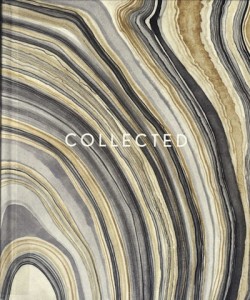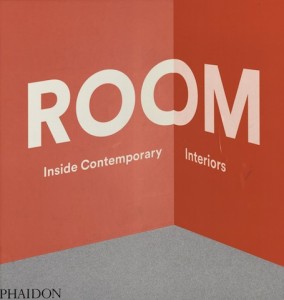This week, I am highlighting new books on collections- of various sorts.
Karch, Fritz, Rebecca Robertson, Jen Renzi. Collected: Living with the Things You Love. Abrams: New York, 2014.
 Karch and Robertson explain their motivation behind Collected:
Karch and Robertson explain their motivation behind Collected:
We yearned for a forum to relate these design methods to a wider audience. To showcase the scope of possibilities for displaying, arraying, and repurposing collectibles- be they museum quality bibelots or garden variety knickknacks. To demonstrate how to live with antiques and vintage objects in an elevated manner, no matter one’s personal style and aesthetic preferences. To share inspiring examples of how collections can infuse and inform the surrounding decor- and how that decor can in turn act as a beautiful foil those objects. And thus Collected was born. (pg. 8)
Karch and Robertson identify fifteen personalities with regards to collecting: Modest-ist, Exceptionalist, Minimalist, Maximalist, Miniaturist, Colorist, Neutralist, Machinist, Zoologist, Containerist, Artificialist, Naturalist, Seasonalist, Pragmatist, and Fantasist. They examine the traits common to each type of collection and collector, the motivations driving a specific personality to collect, and how the collections might be displayed. The illustrations focus on the collections themselves, primarily photographed in situ. As I was looking through the book, I was surprised (not surprised) to see Henry Mercer’s Fonthill included.
Terragni, Emilia, ed. Room: Inside Contemporary Interiors. New York: Phaidon Press, Inc., 2014.
According to the preface:
ROOM features 100 interior-design projects from around the world chosen by 10 widely respected interior-design critics, practitioners and curators. The 100 designs featured in this volume, all of which were constructed in the last five years, are pushing the boundaries of design and constantly revising our understanding of interior space. (pg. 7)
Room is bookended with the 10 biographies of the curators and the 100 biographies of the designers. Nacho Alegre, Michael Boodro, Tony Chambers, Aric Chen, Frederico Durarte, Miles Kemp, Ko Matsubara, Jon Otis, Robert Thiemann, and Alan Yau were chosen as the curators of design; interestingly, all men. I am also intrigued by the use of “curator.”
The majority of the projects represent retail/commercial spaces, residential spaces, and restaurants/bars; followed by installations, offices, hospitality spaces, and cultural/civic spaces; and finally, a few outliers- clinics, a yacht, a religious space, and a night club. Each project is accompanied by a description written by the curator who selected it and a series of both photographs and drawings of the spaces.

